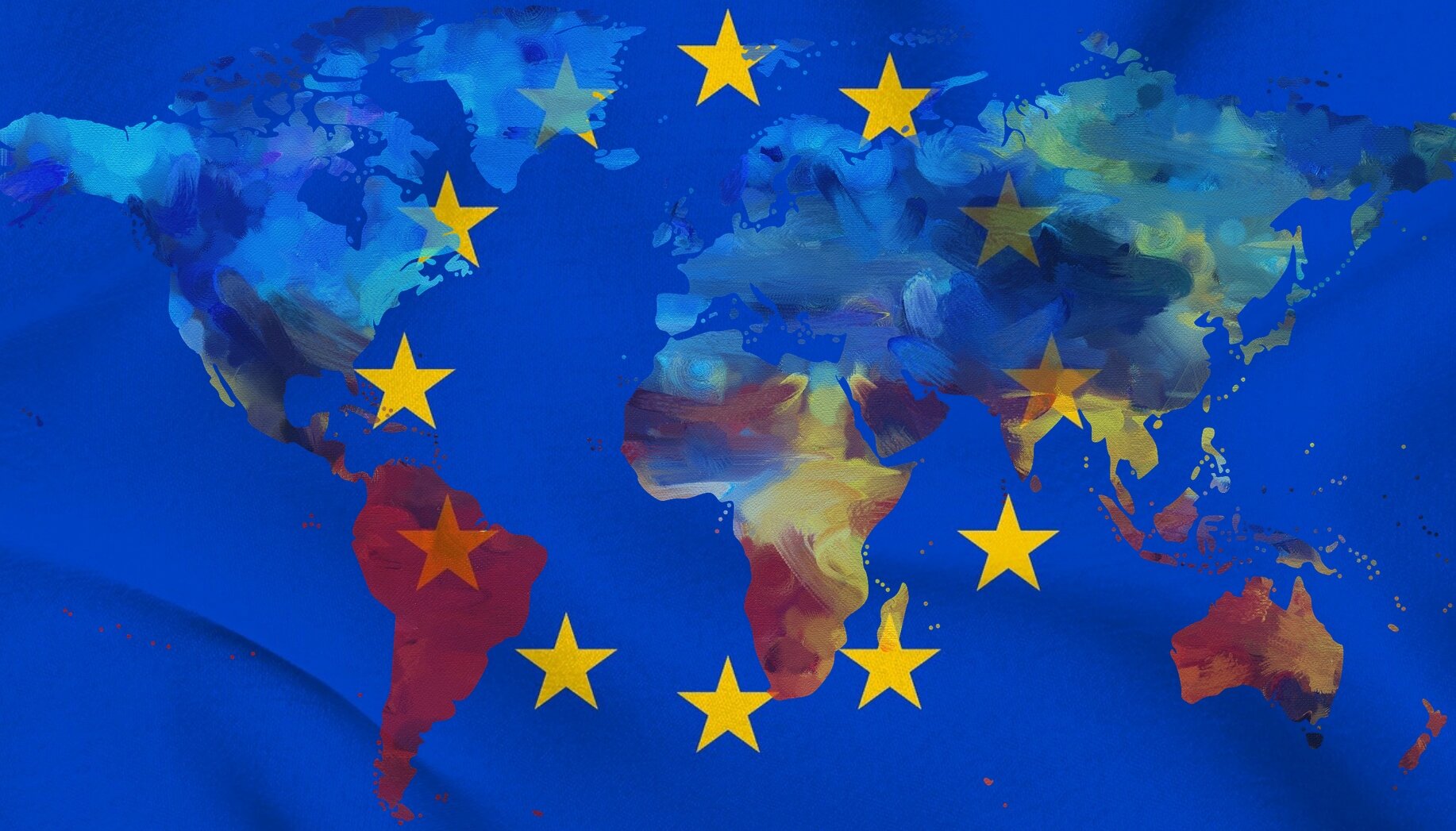
In light of rapid global changes regarding the security environment and the deviations within the EU, The Global Strategy for the EU’s Foreign and Security Policy (EUGS) was drawn up on 28 June 2016. Under the title ‘Shared Vision, Common Action: A Stronger Europe’, the document gave the EU a broad strategic framework that was needed to face today’s international challenges in a strong and coherent manner. In order to turn this vision into action, the EUGS called for collective investment in the EU’s credibility, notable but not exclusively, through enhanced security and defence capabilities.[1] Yet, as diverging interests of Member States and the issue of resources come to the fore, translating this Strategy into action seems to be easier said than done.
Although the EUGS has in the four years after implementation demonstrated its value in providing a strategic vision and a shared agenda for Member States, the EU is still struggling to live up to the principles and goals it has set.[2] Especially today, in times of a world-wide pandemic that risks deepening existing conflicts and crises, there is even a greater need to be truly strategic and to become a credible global actor. Yet, the reality remains that the Union needs to take care of its neighbourhood first, which is clearly not yet the case and is increasingly undermining its reputation.
Following this rationale, if we want to continue on the course set by the Strategy, the challenges in its neighbouring countries should be at the heart of a much needed review. The purpose of this paper will therefore be to find out what weaknesses the EUGS of 2016 contains that are exposed by how the EU is tackling today’s geopolitical challenges in its eastern and southern neighbourhood.
Click Here to Read the Entire Commentary
_______________________________________
[1] ‘Shared Vision, Common Action: A Stronger Europe – A Global Strategy for the European Union’s Foreign And Security Policy’, European External Action Service (EEAS), June 2016 (https://eeas.europa.eu/archives/docs/top_stories/pdf/eugs_review_web.pdf). Consulted on October 23, 2020.
[2] ‘The European Union’s Global Strategy: three years on, looking forward’, EEAS, June 2019 (https://eeas.europa.eu/sites/eeas/files/eu_global_strategy_2019.pdf). Consulted on October 8, 2020.



